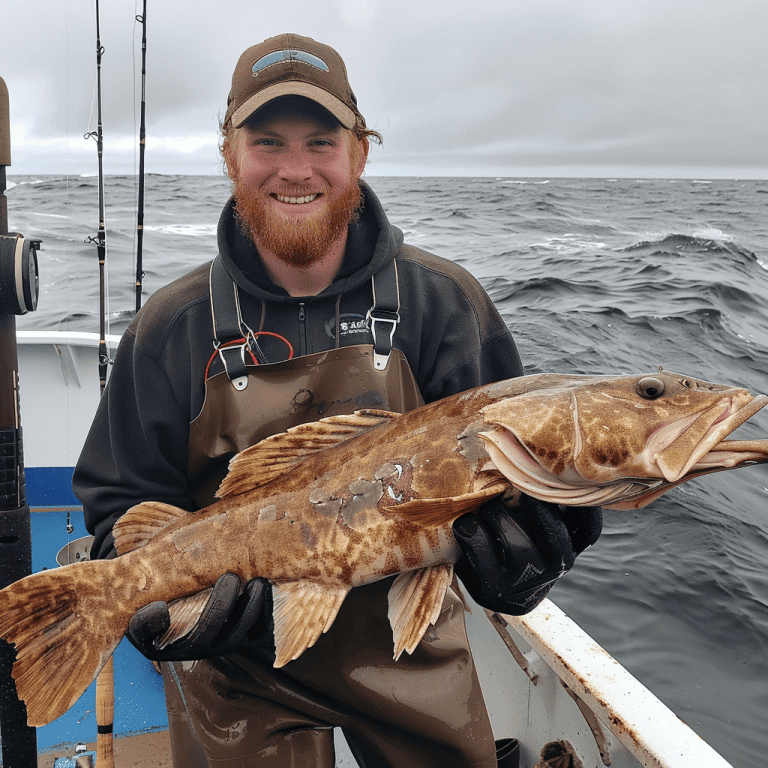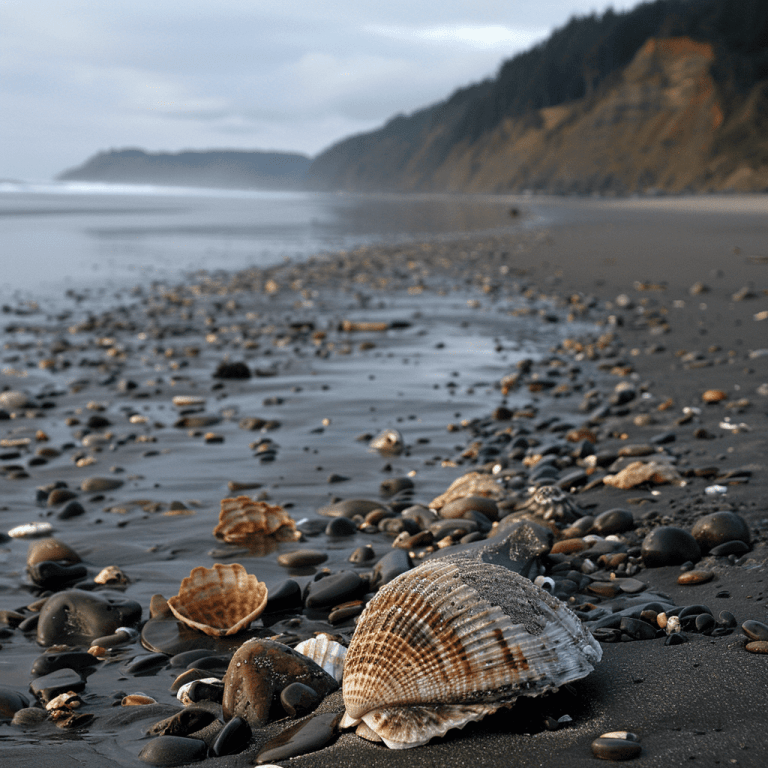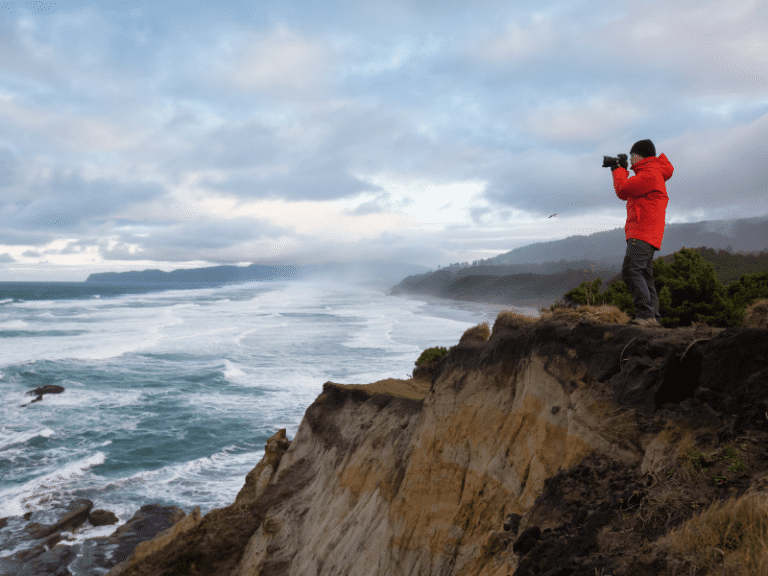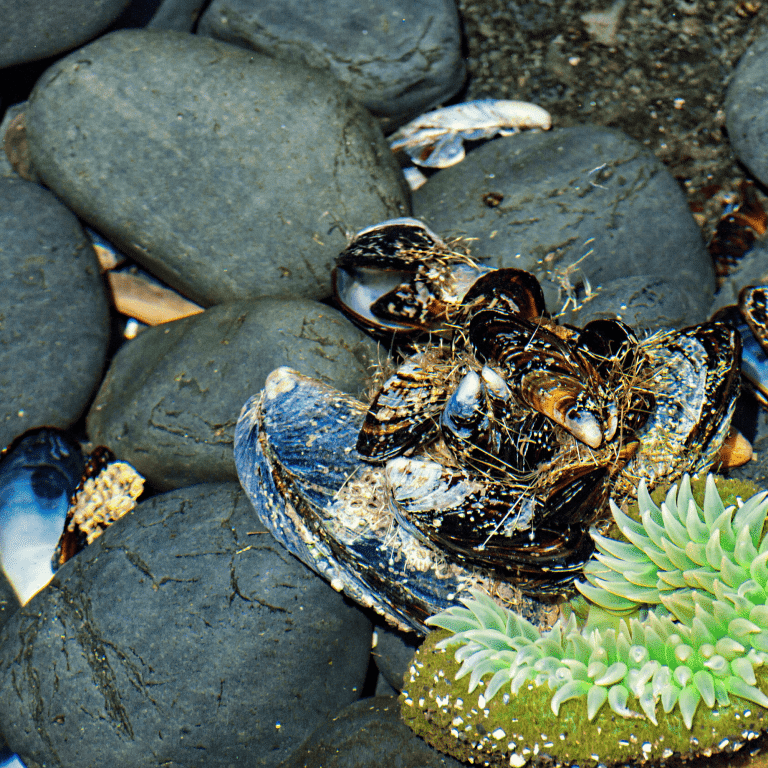15 Fun Facts of the Mysterious Creatures: Sea Pickles
This post may contain affiliate links. I may earn a small commission at no extra cost to you.
Get ready for an adventure like no other! The Oregon coast is buzzing with excitement over some mysterious creatures that have been washing up on the shore.
Have you ever heard of such a thing? Buckle up because we're about to dive into a world of strange and fascinating creatures that will leave you amazed.
Get ready to discover the secrets of the Oregon coast as we explore these mysterious creatures together. So pack your sunscreen and let's hit the beach!
What Are These Creatures Everyone is Talking About?
These mysterious creatures are found in the ocean, where they feed on plankton and other microscopic organisms. They are most commonly found in the warmer waters of the tropical and subtropical regions, but they have been known to wash up on shores all over the world, including the Oregon coast.
If you think sea pickles sound unusual, you’re not alone! While you may have heard of sea cucumbers, sea pickles have been making surprise appearances not just in Oregon, but also along the beaches of Southern California—spotted everywhere from Dana Point to Redondo Beach. Their sudden arrival has locals and beachcombers buzzing with curiosity, turning every shoreline stroll into a mini marine adventure.
What exactly are they?

Well, let us introduce you to the incredible world of Sea Pickles. With their bright colors, translucent bodies, and unique features, these creatures are sure to leave you amazed.
Sea Pickles, also known as pyrosomes, are small, bioluminescent creatures that belong to the phylum Chordata. They are long, cylindrical structures made up of hundreds of thousands of tiny creatures, called zooids, that are genetically identical and work together as a colony.
Where are they found?
These mysterious creatures are found in the ocean, where they feed on plankton and other microscopic organisms. They are most commonly found in the warmer waters of the tropical and subtropical regions, but they have been known to wash up on shores all over the world, including the Oregon coast.
How Long Do Sea Pickles Stick Around?
If you’ve just spotted a beach covered in sea pickles, don’t blink! These glowing wonders are truly creatures of the moment. Thanks to their quick reproduction and reliance on ocean currents, sea pickles can appear in massive numbers—and then, just as suddenly, vanish without a trace.
Unlike some beachcombing finds that linger for days, sea pickles are famous for their fleeting visits. They have no natural predators to clear them out, yet their life cycle is remarkably short. So, if you want to catch a glimpse of this living light show, you’ll have to act fast—the waves rarely leave them ashore for more than a few days before whisking them right back to their mysterious ocean home.
Why Are More Sea Pickles Washing Ashore?
So, what’s behind this sudden surge of sea pickles making an appearance on our beaches? Experts believe that changes in ocean conditions—especially warmer sea temperatures—could be encouraging these mysterious critters to venture further north and closer to shore than usual.
When the water gets warmer, it often creates the perfect environment for sea pickles to thrive and multiply. As ocean currents shift and temperatures rise, colonies that usually stay offshore can end up drifting in en masse, leading to the spectacular (and sometimes puzzling) strandings we’re now seeing along the Oregon coast.
Warmer waters and shifting currents aren't just making things cozy for sea pickles, either—they're sending a signal that our ocean ecosystems are always changing, with ripple effects for all creatures who call it home.
How Long Do Sea Pickles Live?
You might be wondering about the lifespan of these glowing wonders. Interestingly, sea pickles have quite short lives. While their colonies can appear almost overnight thanks to their rapid rate of reproduction, each individual sea pickle typically lives only a brief time before breaking down and dispersing back into the ocean currents that carried them ashore.
With no known natural predators, their fleeting presence is more about the rhythm of ocean life than danger from the deep. So, if you spot a cluster on the beach, you’re witnessing a rare and temporary cameo in the coastal ecosystem!
What Factors Influence the Movement and Reproduction of Sea Pickles?

Now, you might be wondering—what exactly causes these Sea Pickles to end up on our shores in the first place? The answer lies in both the ocean’s shifting moods and the Sea Pickles’ own life cycle.
Sea Pickles are completely at the mercy of ocean currents. Rather than swimming with purpose, they drift along with the tides and currents, sometimes forming enormous clusters that suddenly appear offshore or wash up on the beach. Their movement isn’t directed—they go wherever the ocean takes them, making each sighting a bit of a surprise.
As for reproduction, Sea Pickles are overachievers. When conditions are right—such as warmer water temperatures—they multiply rapidly, turning what was once a rare sight into a coastal spectacle. Although Sea Pickles have short lifespans and aren’t typically targeted by predators, the quick turnover and constant reproduction keep their numbers high during certain times of year.
So, the next time you spot these glowing marvels along the Oregon coast, you’ll know: it’s a mix of the ocean’s currents, warmer waters, and the Sea Pickle’s speedy life cycle that bring them to our sandy shores.
Observe and Appreciate these Creatures Responsibly
As we explore the world of Sea Pickles, it's important to observe and appreciate these creatures responsibly. This means respecting their habitats and not disturbing the ecosystem's delicate balance.
When visiting the Oregon coast, be sure to keep a safe distance from the Sea Pickles and avoid touching or collecting them. Following these guidelines can help protect these mysterious creatures and their habitats for generations to come.
Why are So Pickles So Important?
These mysterious creatures play a crucial role in the ocean's ecosystem, helping to maintain a delicate balance. By studying Sea Pickles, we can learn more about the ocean and how to better protect its inhabitants.
Being Mindful of Our Actions
We can also protect Sea Pickles and their habitats by being mindful of our actions and the impact they have on the environment. From reducing our carbon footprint to properly disposing of waste, there are many ways we can help protect these fascinating creatures and their homes.
Extra Bonus
B. Where to find Sea Pickles on the Oregon coast. C. How to observe and appreciate these creatures responsibly.
We have a special bonus for all our readers who have joined us on this exciting journey exploring the mysterious Sea Pickles of the Oregon coast! From fun facts about these fascinating creatures to tips on where to find them and how to observe them responsibly, keep reading for an extra dose of excitement.
Fun facts about Sea Pickles

- Sea Pickles emit a bright bioluminescent glow at night, making them a spectacular sight in the ocean.
- They can grow up to several meters in length, but each individual zooid is only a few millimeters long.
- Sea Pickles can be found in both warm and cold waters all over the world, but are most commonly seen near the coast of Oregon.
- They have a unique “jet propulsion” system that allows them to move quickly through the water.
- Sea Pickles are a food source for many ocean animals, including jellyfish and sea turtles.
- Sea pickles are also known as pyrosomes and are part of a larger group of creatures called tunicates.
- They are bioluminescent and emit light, which helps them attract prey and also acts as a defense mechanism against predators.
- Sea pickles are filter feeders and feed on tiny planktonic organisms, including phytoplankton and zooplankton.
- They have a unique ability to reproduce asexually and can grow very quickly in the right conditions.
- Sea pickles are widely distributed throughout the world's oceans and can be found from the Arctic to the Antarctic.
- They play an important role in the ocean's food chain and help to maintain the balance of the marine ecosystem.
- Sea pickles have been found washed up on beaches in large numbers, leading scientists to believe that they are an indicator of ocean health and climate change.
- They are also an important food source for many sea creatures, including sea stars, birds, and marine mammals.
- Sea pickles can change their shape and size to adapt to their environment and protect themselves from predators.
- Sea Pickles play an important role in the ocean's food chain by serving as both predator and prey.
Where to Find Sea Pickles
If you're looking to see Sea Pickles for yourself, the best place to find them is on the rocky intertidal areas of the Oregon coast. However, it's important to remember that these creatures are fragile, and their habitats are delicate, so it's essential to observe them responsibly and avoid disturbing them.
So grab your gear and head out to the Oregon coast to see these mysterious Sea Pickles for yourself. Just remember to observe and appreciate them responsibly, and you're sure to have an unforgettable experience!








